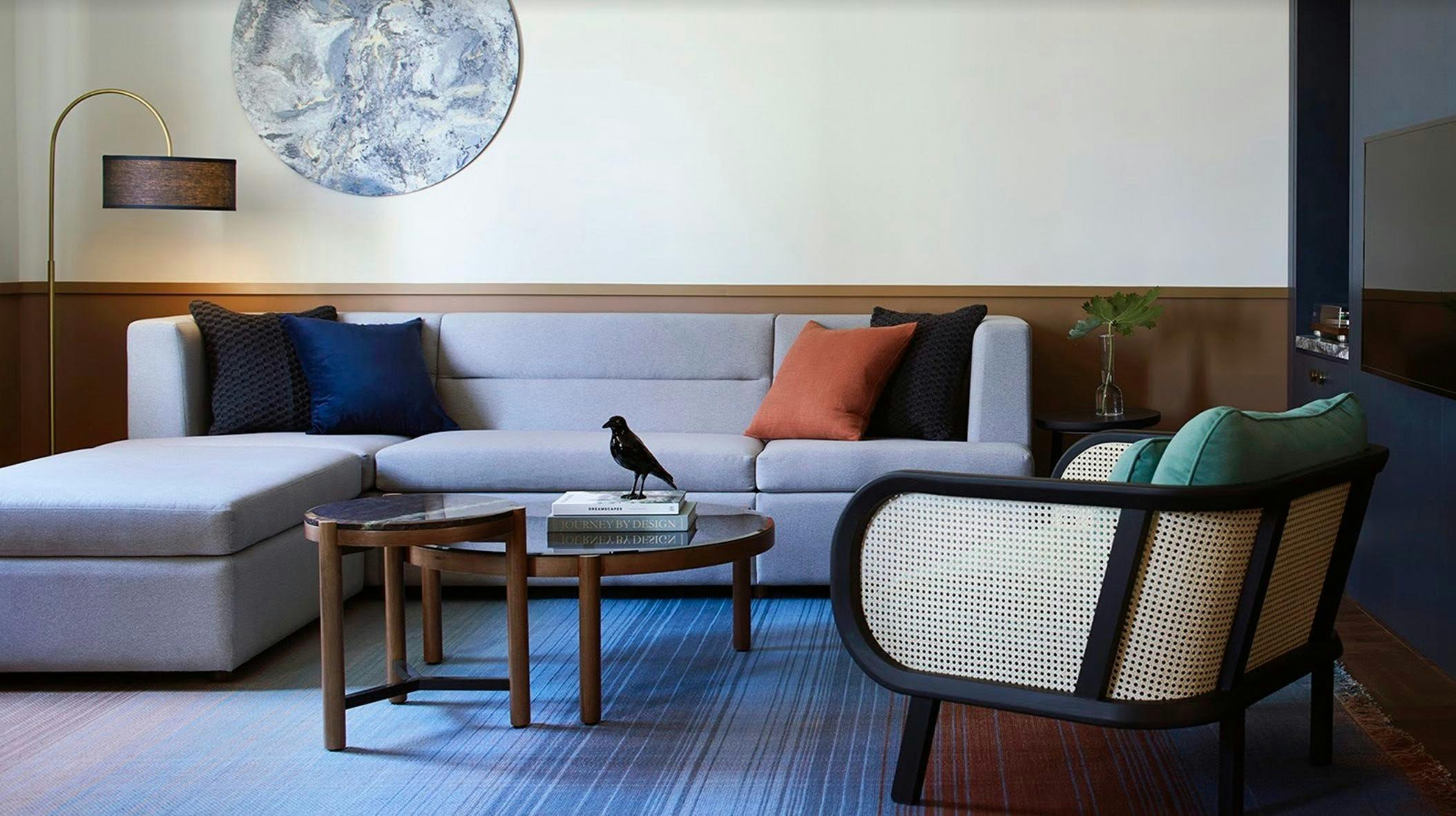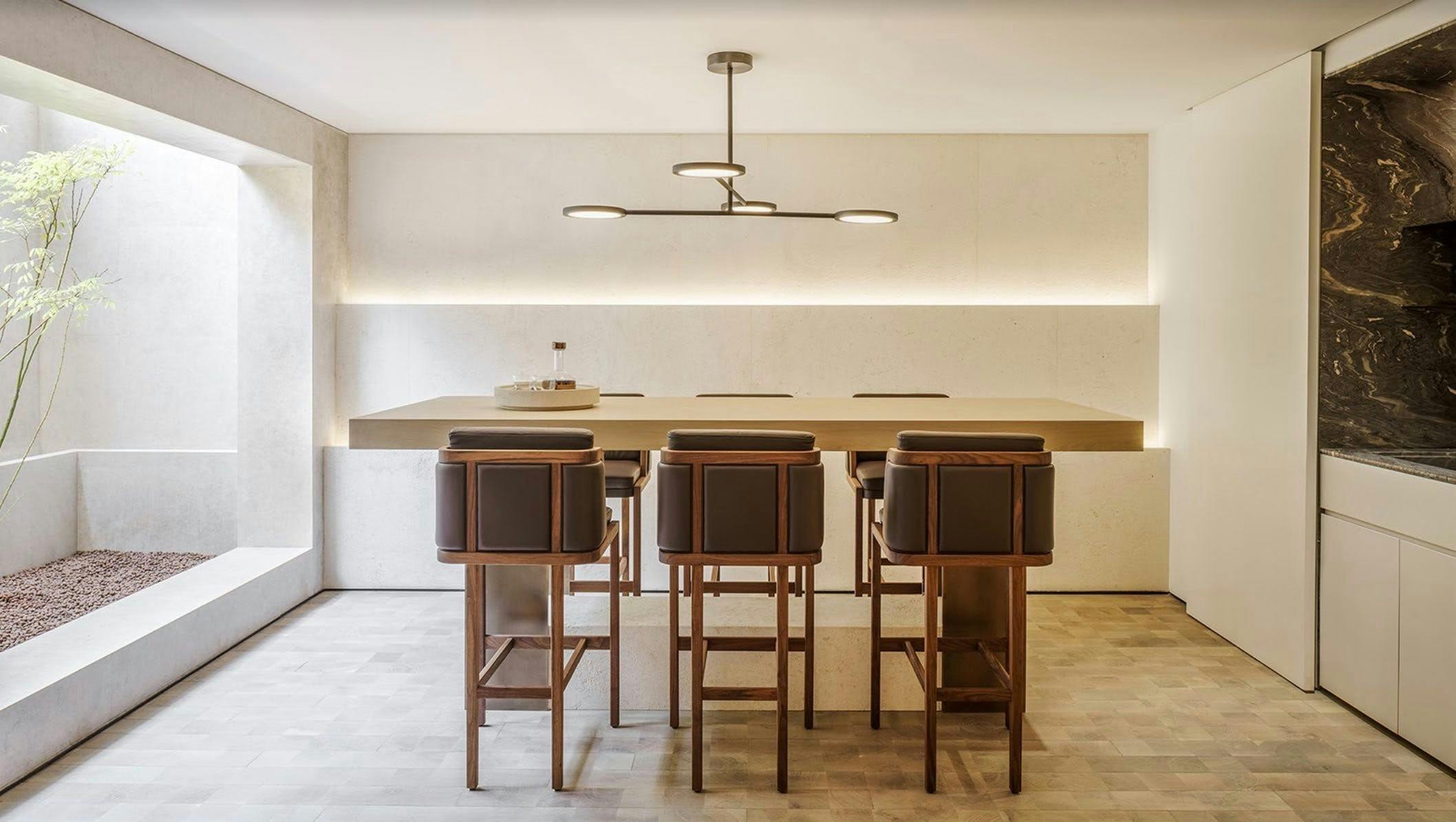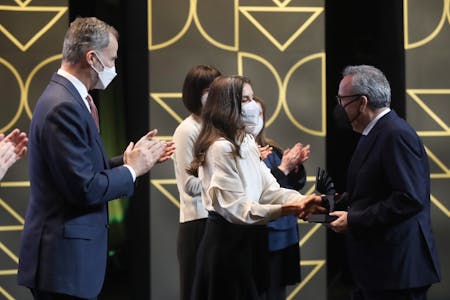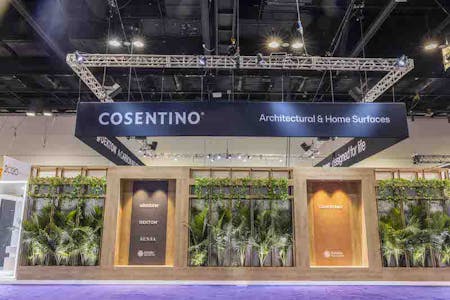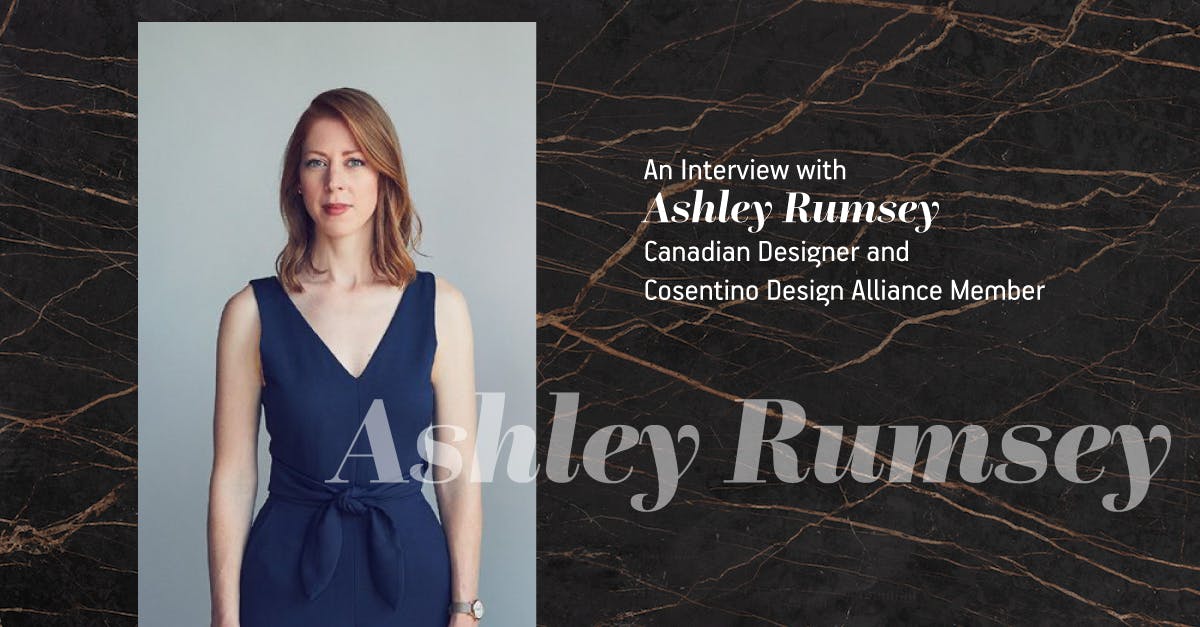
Cosentino Design Alliance member, Ashley Rumsey discusses creative process and more
Tags: Cosentino | 4 years ago | Written by: Cosentino
Earlier this year, Cosentino unveiled its latest influencer program, the Cosentino Design Alliance, comprised of seven leading interior designers from across North America with expertise the residential, hospitality, and commercial spaces. One of the program’s members is Canadian Ashley Rumsey, co-principal of interior design firm Mason Studio located in Toronto. In an exclusive interview, Ashley discusses her creative process, her work as a designer, and more.
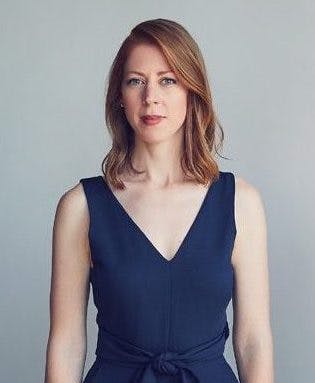
Mason Studio has received various awards recognizing their outstanding work and has been featured in leading publications such as The New York Times, Metropolis, The Globe and Mail, Azure, Wallpaper, Canadian Interiors and more.
What’s the best advice you’ve been given when it comes to design or your career?
Less but better. – Dieter Rams
What do you consider to be a pivotal moment in your career?
When I made the decision to start Mason Studio rather than working as a designer in an established company. I felt liberated to explore and experiment creatively while managing a business and working more closely with clients gave me greater insights. These dualities are what I appreciate about design; the ability to be creative while working within constraints.
Name one destination you find inspiring, and why.
I recently spent some time in Norway and found the expanse of the dramatic landscapes inspiring. I had these incredible experiences in interior environments and architecture that was respectful and complementary to the incredible landscape.
Can you tease any exciting projects you have in the works?
We are working on a new Kimpton Hotel in Washington DC. The history and importance of the location provides great inspiration for designing a hotel.
Let’s talk about your home – what is it like in your kitchen (i.e. is it the heart of the home or a weekend thing, etc.)? What is your favorite thing about it? Would you change anything about it? Why?
My kitchen is the figurative and literal centre of my home. Cooking and eating are central to my daily routine for both my mental and physical health. It’s the place where I connect every day with my partner as we cook dinner together and is an opportunity to communicate with one another at the end of our workday. On the weekends, our kitchen is a gathering place for friends and family to socialize.
In your opinion, what is the most important design element when it comes to making a house feel like home? Why?
For a house to be a home, the objects within it should have a sense of meaning. Avoid filling the space with anonymous objects; take time to collect furniture, art and objects that serve you well, that you enjoy using, or looking at. Whether it be a local retail shop, an artist that speaks to you, or a gift from a special person, to make a house a home, its contents have to mean something to you.
How do you think the coronavirus will impact the design industry and/or the way you design?
The importance of interior design and mental and physical health will become more prevalent than ever. Designers will need to consider how we can assist in mental health through interior environments and what design elements we can use to protect the public’s health. In general, I think resiliency will be the key to thinking about the future of design as we continue to face a variety of potential challenges.


